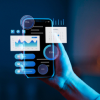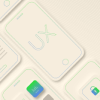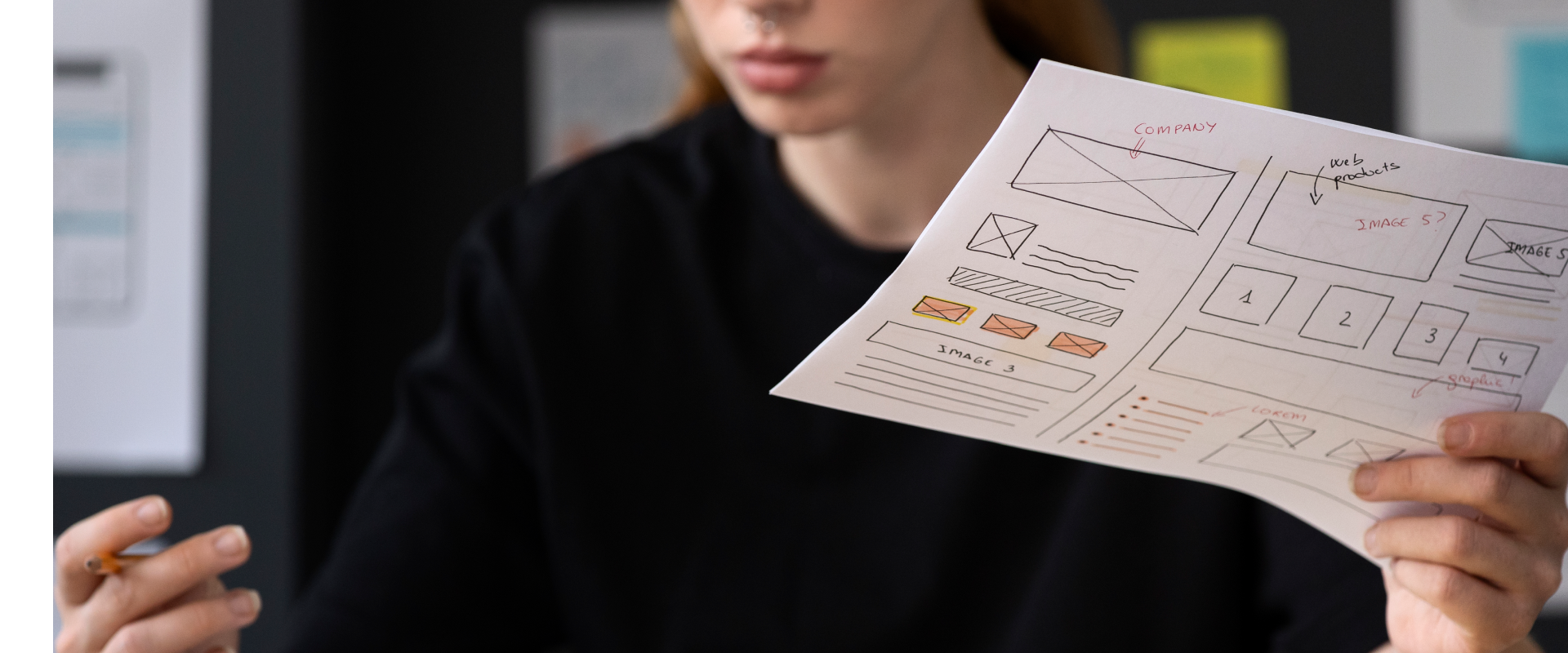
From Wireframes to Wonder: The Art of Experience Validation
Introduction: The Mirage of “Finished Design”
In the world of digital products, it’s tempting to believe that once the wireframes are polished or the user interface looks stunning, the design is ready to ship. But the truth is stark: design isn’t done until it’s validated by real users.
Without validation, teams risk building beautiful products that nobody understands, or investing months of effort into features that fail to resonate. Experience validation is not an afterthought - it’s the bridge between creative intention and real-world impact. .
UX validation blends usability testing, early wireframes, high-fidelity prototyping, and continuous user research - all in service of rigorous experience design.
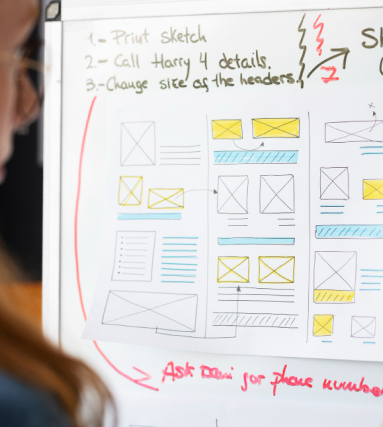
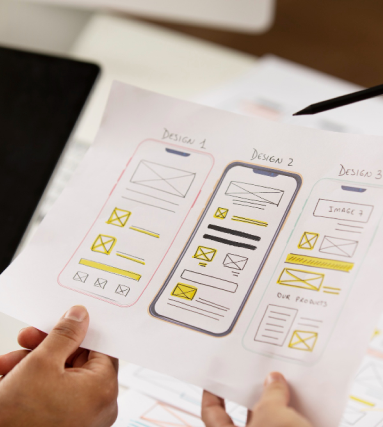
What Is Experience Validation?
Experience validation is the process of testing design assumptions with actual users before, during, and after launch. It involves creating prototypes (low-fidelity sketches or high-fidelity clickable models) and observing how users interact with them.
Key aspects include:
- Usability Testing-Identifying where users struggle to complete tasks
- Heuristic Evaluation -Expert review of design against best practices
- Closed Group Testing -Controlled experiments with target audiences
- Analytics & Feedback Loops -Post-launch insights for iteration
“Design isn’t finished until it’s tested by real users.”

Why Validation Matters
-
Bridging the Gap Between Design and Reality
Designers operate with assumptions. Validation ensures those assumptions align with user behavior.
-
Reducing Costly Rework
Fixing usability issues post-launch costs far more than identifying them in prototypes.
-
Building Stakeholder Confidence
Validated designs come with evidence – metrics, feedback, and recordings – that build trust with business teams.
-
Creating Delightful Experiences
Validation uncovers hidden friction points that, once fixed, transform usability into delight.
The Stages of Validation
-
Low-Fidelity Testing
- Paper sketches or wireframes tested early to validate flows before visual design begins.
- Cheap, fast, and flexible.
- Helps answer: “Are we solving the right problem?”
-
High-Fidelity Prototyping
- Clickable, polished prototypes that simulate the final product.
- Helps test: “Does this interaction feel natural?”
- Identifies issues like confusing labels, missed CTAs, or overwhelming layouts.
-
Usability Sessions
- Watching real users attempt real tasks. The goldmine of design truth.
- Reveals whether instructions are clear, navigation is intuitive, and workflows make sense.
-
Iterative Refinement
- Design, test, refine, repeat. Validation is not a one-time milestone but a continuous loop.
Best Practices in Experience Validation
- Test early, test often. Don’t wait for pixel-perfect prototypes.
- Use a mix of methods: qualitative (interviews) and quantitative (analytics).
- Recruit diverse participants that reflect real-world audiences.
- Record sessions to share insights with wider teams
- Document findings clearly for future design cycles.
Challenges in Validation
- Time & Budget PressuresTeams often rush to launch without validation.
- Biases in Testing: Poorly structured tests may lead users.
- Stakeholder Resistance:Some leaders see validation as unnecessary delay.
Overcoming these challenges requires a cultural shift: valuing evidence over opinion.
The Future of Experience Validation
Wireframes may look beautiful in presentations, but only validation reveals whether they work in practice. Experience validation transforms wireframes into wonder - products that are not only visually appealing but functionally intuitive, trusted, and loved by users.
Design is never just about creativity - it’s about truth in use. And truth emerges only through validation
Mark Hopkins
Lorem ipsum dolor consectetur adipiscing elit.
Other blogs

Related posts


Start Unique Experience.





